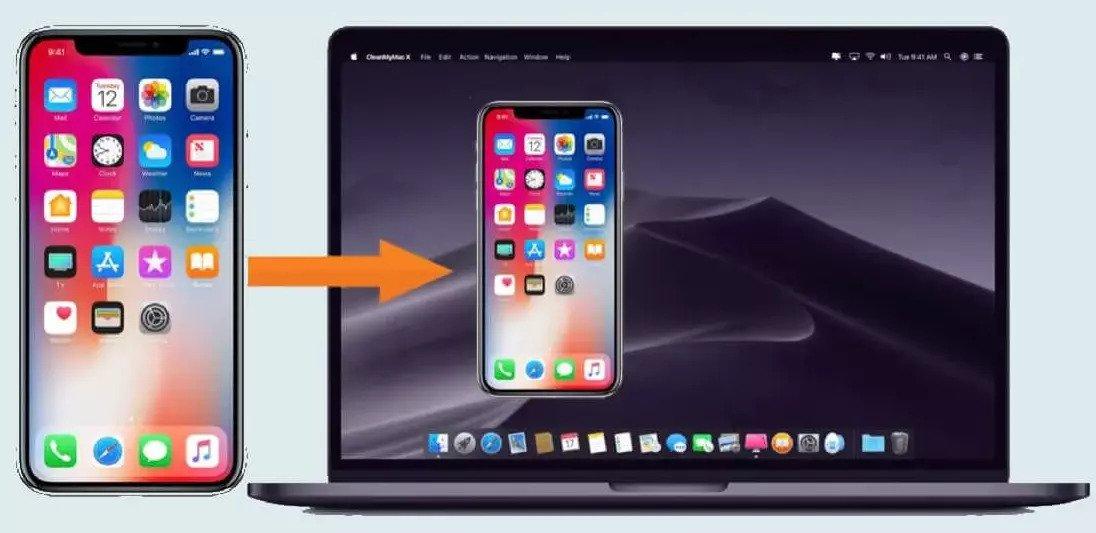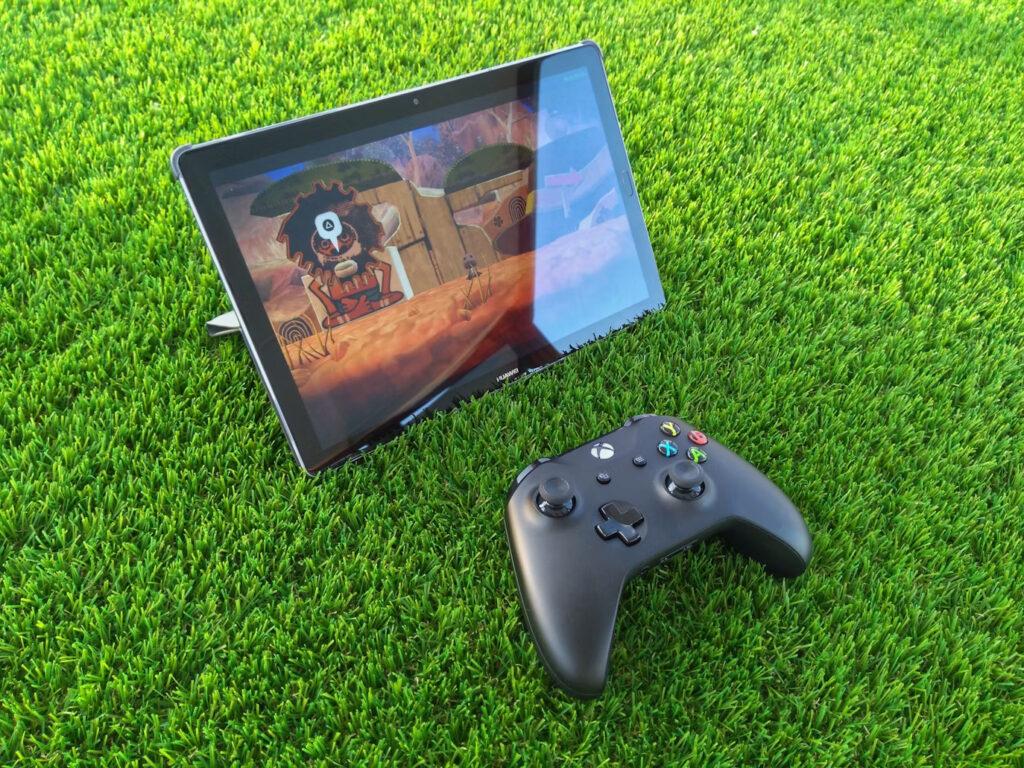
In today’s digital world, the iOS operating system has become synonymous with innovation and creativity. Its seamless user interface and wide range of applications have made it a popular choice among mobile users. However, not everyone has access to an iPhone or iPad to experience the full potential of iOS. That’s where iOS emulators come into play.

In this article, we will take a deep dive into the world of iOS emulators, exploring their benefits, popular options for PC and Android devices, and even their pros and cons when used on an iPhone. So, let’s unlock unlimited possibilities with the best iOS emulators!
What is an iOS emulator?
Before we delve into the intricacies of iOS emulators, let’s first understand what exactly they are. An ios emulator is a software application that enables you to simulate the iOS environment on a different platform, such as a PC, Android device, or even another iPhone. It replicates the iOS operating system, allowing you to run iOS applications on non-iOS devices. Essentially, it creates a virtual iOS ecosystem within your existing device, giving you access to the vast library of iOS apps and features.
Benefits of using an iOS emulator
Using an iOS emulator comes with a plethora of benefits, making it an attractive option for users who don’t own an iPhone or iPad. Firstly, it provides a cost-effective solution for those who wish to experience iOS without investing in Apple devices. By simply installing an iOS emulator on your PC or Android device, you can enjoy the iOS interface and access a wide range of iOS applications without spending a fortune. Furthermore, iOS emulators allow developers to test their apps across different platforms, ensuring optimal performance and compatibility. It also opens up new possibilities for app designers and marketers who can now reach a larger audience by making their iOS-exclusive apps available on multiple devices.
Popular iOS emulators for PC
If you’re looking to experience iOS on your PC, there are several popular iOS emulators to choose from. One of the most well-known options is iPadian. With its sleek interface and extensive app compatibility, iPadian provides a seamless iOS experience on your Windows PC. Another notable emulator is Smartface, which caters more towards app developers by offering advanced debugging and testing tools. For gamers, MobiOne Studio is a great choice, as it not only enables you to run iOS apps but also allows you to play mobile games on a larger screen. These are just a few examples of the plethora of iOS emulators available for PC, each with its own unique features and functionalities.
How to install and use an iOS emulator on your PC
Installing and using an iOS emulator on your PC is a relatively straightforward process. Here’s a step-by-step guide to get you started:
- Research and choose the right emulator: Start by researching and selecting an iOS emulator that suits your needs. Consider factors such as app compatibility, system requirements, and user reviews.
- Download the emulator: Once you’ve chosen an emulator, visit the official website or a trusted software repository to download the emulator installer file.
- Install the emulator: Run the installer file and follow the on-screen instructions to install the iOS emulator on your PC. Make sure to read and accept the terms and conditions before proceeding.
- Launch the emulator: Once the installation is complete, locate the emulator icon on your desktop or in the Start menu and double-click to launch it.
- Set up the emulator: Follow the initial setup wizard to configure the emulator settings, such as language preferences and app store access.
- Start using iOS apps: With the emulator up and running, you can now search for and download iOS apps, just like you would on an actual iPhone or iPad. Simply open the emulator’s app store, search for your desired app, and click the install button. The app will be downloaded and appear in your emulator’s app library.
By following these steps, you can easily install and use an iOS emulator on your PC, opening up a world of iOS applications and features.
Exploring the features of the best iOS emulators for PC
Now that you know how to install an iOS emulator on your PC, let’s take a closer look at some of the best options available. These emulators offer a wide range of features and functionalities, ensuring a smooth and immersive iOS experience. One popular choice is App.io, which stands out for its cloud-based approach. Instead of installing an emulator on your PC, App.io allows you to stream iOS apps directly to your web browser, eliminating the need for extensive downloads and installations. Another notable emulator is Xamarin TestFlight, which is particularly beneficial for developers. It offers comprehensive testing and debugging tools, making it easier than ever to ensure your iOS apps are running flawlessly. These emulators, along with others like Electric Mobile Studio and Remoted iOS Simulator, provide a rich set of features that cater to various user needs.
The top iOS emulators for Android devices
Not only can iOS emulators be installed on PCs, but they can also be used on Android devices. This opens up a world of possibilities for Android users who want to experience the iOS ecosystem without switching devices. While the options for iOS emulators on Android are more limited compared to PC, there are still a few noteworthy choices. Cider, for instance, is a popular emulator that allows you to run iOS apps on your Android phone or tablet. It seamlessly integrates iOS features into the Android interface, giving you the best of both worlds. Another option is iEMU, which provides a virtual iOS environment on your Android device. These emulators bring iOS apps and functionalities to Android, offering a unique and versatile experience.
How to download and use an iOS emulator on your Android device
If you’re an Android user looking to download and use an iOS emulator, here’s a simple guide to help you get started:
- Enable third-party app installations: Before downloading an iOS emulator, you need to enable the installation of apps from unknown sources on your Android device. To do this, go to Settings > Security, and toggle on the “Unknown sources” option.
- Research and choose an emulator: Similar to PCs, research and choose an iOS emulator that is compatible with your Android device and meets your requirements.
- Download the emulator: Visit the official website or a trusted source to download the emulator APK file.
- Install the emulator: Locate the downloaded APK file in your device’s file manager, tap on it, and follow the on-screen prompts to install the iOS emulator on your Android device.
- Launch the emulator: Once the installation is complete, locate the emulator icon in your app drawer and tap on it to launch the iOS emulator.
- Access iOS apps: With the emulator up and running, you can now search for and download iOS apps from the app store within the emulator. Simply open the app store, search for your desired app, and install it to start using iOS apps on your Android device.
By following these steps, you can enjoy the iOS experience on your Android device with the help of an iOS emulator.
Using an iOS emulator on an iPhone: Pros and cons
While iOS emulators are primarily used to experience iOS on non-iOS devices, they can also be used on iPhones themselves. However, using an iOS emulator on an iPhone comes with its own set of pros and cons. On the positive side, it allows you to run multiple instances of iOS simultaneously, enabling you to test different apps or versions of iOS on the same device. This can be particularly useful for developers and enthusiasts who want to experiment with various configurations. Additionally, an iOS emulator on an iPhone can provide access to apps that are region-specific or not available on the App Store. However, it’s important to note that using an iOS emulator on an iPhone may void your warranty and could potentially lead to performance issues or instability. It’s always recommended to proceed with caution and research the specific emulator and its compatibility with your iPhone model.
Comparison of the best iOS emulators for PC, Android, and iPhone
To summarize the various options available for iOS emulation, let’s compare the best iOS emulators for PC, Android, and iPhone.
For PC users, iPadian, Smartface, and MobiOne Studio are popular choices. iPadian offers a sleek interface and extensive app compatibility, Smartface caters towards developers with advanced testing tools, and MobiOne Studio is great for gamers.
Android users can choose from emulators like Cider and iEMU, which seamlessly integrate iOS features into the Android interface, providing a unique experience.
When it comes to using an iOS emulator on an iPhone, caution should be taken due to potential warranty issues and performance concerns. However, it can be a valuable tool for developers and enthusiasts looking to test different app configurations or access region-specific apps.
Conclusion
In conclusion, iOS emulators unlock a world of possibilities for users who want to experience the iOS ecosystem on non-iOS devices. Whether you’re a PC user, an Android enthusiast, or an iPhone owner, there are iOS emulators available to suit your needs. From providing access to a vast library of iOS apps to enabling developers to test and optimize their creations, iOS emulators offer unlimited potential. So, if you’re eager to explore the world of iOS without investing in Apple devices, give an iOS emulator a try and unlock new horizons of innovation and creativity!
Start exploring the endless possibilities of iOS emulators today and unlock the power of the iOS ecosystem on your non-iOS devices! Download your preferred iOS emulator and experience a seamless iOS interface, access a wide range of apps, and unleash your creativity. Don’t miss out on the limitless potential of iOS emulators – get started now!







